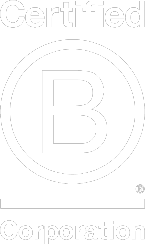Even though we may feel that diversity and inclusion is very high on the agenda in our organisations, the real stats show we’ve still got some way to go. According to a recent Deloitte study, it was found that only 68% of companies in developed nations measure diversity and inclusion as part of their recruitment process.
If you fall in the 32%, or if it’s not apparent that D&I should be high on your list yet, you should really look at the impact a lack of D&I could be having on your business’ productivity. If you feel that your workplace isn’t diverse enough and you want to change that either by changing your hiring process or adjusting your policies and practices, here are some quick and long fixes to get things moving in the right direction.
Hire more women – and treat them better
This one is so simple. Although many hiring managers of a certain disposition still can’t believe it, the female sex makes up 50% of the population! Despite this shocking new statistic (for some), as a nation we’re still super keen to ensure our boards and leadership teams remain refreshingly male, and that male staff are still paid more than women.
If you’ve solved this glaring problem, then great – keep it that way.
If you’re still hiring more men than women, or there is still a gender pay gap in your organisation, do something about it.
One way of making sure you’re more likely to successfully hire a woman is to use the ‘two in the pool’ technique. By taking at least two women to final interview stage, the chance of a woman being successfully appointed jumps by roughly 79 times than if there was only one woman!
Change your existing hiring criteria
Our HR departments and the managers responsible for hiring are an organisation’s shield when it comes to ensuring the people we hire can do the job. To do that, there’s often a long list of criteria, including education and experience, that stops anyone who doesn’t match these criteria from being hired.
However, these restrictions can often throw up barriers for people from a more diverse range of backgrounds.
University graduates are still overwhelmingly white and British, so by demanding that all hires have a degree, you’re closing the door to those who maybe didn’t attend university but, have equal or better experience from either working or from the best university – the university of life!
Hire a more diverse range of ethnicities and nationalities
Again, we’ve got plenty of data that backs up the notion that more diverse workplaces are happier and more successful, so follow the trend and use the two in the pool technique or change the hiring criteria as explained above.
If your business is located in an area with low natural ethnic or cultural diversity, then consider asking more diverse people who you already employ or work with externally for referrals. This could also bring you some great candidates without having to pay recruitment or advertising fees.
Think about your overall approach to diversity and inclusion
D&I doesn’t just need to be a conversation that’s had at the hiring stage – it needs to run through every part of your organisation. This could be the content you communicate to your employees, the advertisements you create, the promotions you hand out or the awards and recognition you give.
Making everyone feel that they’re part of the family, while at the same time not making a big song and dance if someone does ‘stand out from the crowd’ is something that doesn’t always come naturally. There’s an easy solution – just recognise everyone and make everyone feel valued at some stage!
If you’d like to engage with your employees and gain their thoughts and opinions, then our employee engagement and talent attraction solutions could provide a valuable, impartial way of collecting insights so you can act on them.
Or check out our D&I in the Workplace Report to find out the results of our in depth research into what you think about D&I in your organisation.
/DRPG%2045th%20Anniversary/DRPG%2045th%20White%20-%20No%20Text.png)


 Back
Back

/Blog%20Images/AEO%20SEO%20-%20Digital%20Blog.jpg)



